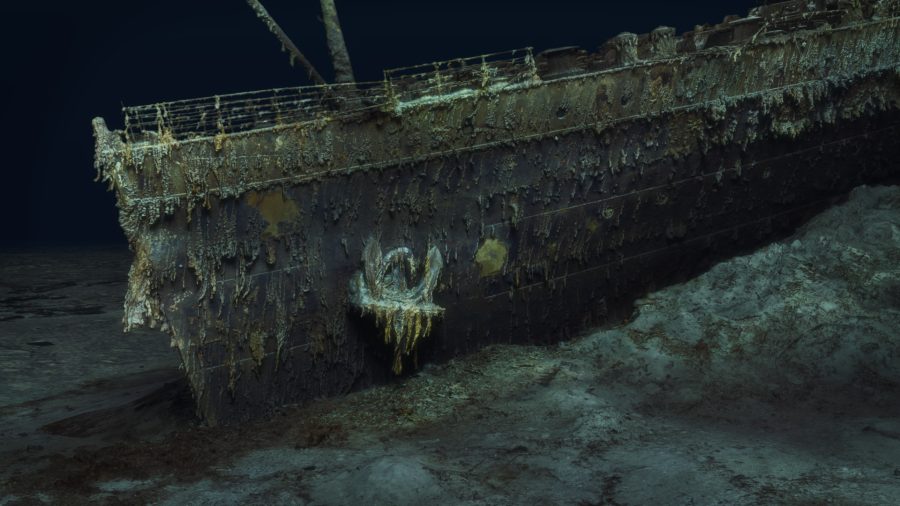
Titanic shipwreck captured in first full-sized 3D scan – PICTURE
The first full-sized 3D scan of the Titanic shipwreck published on Wednesday may reveal more details about the ocean liner’s fateful journey across the Atlantic more than a century ago. SHOPPERS | Cheapest groceries in South Africa: Checkers v Woolworths v Pick n Pay – and more The high-resolution images, published by the BBC, reconstruct the wreck that lies […]

The first full-sized 3D scan of the Titanic shipwreck published on Wednesday may reveal more details about the ocean liner’s fateful journey across the Atlantic more than a century ago.
SHOPPERS | Cheapest groceries in South Africa: Checkers v Woolworths v Pick n Pay – and more
The high-resolution images, published by the BBC, reconstruct the wreck that lies at a depth of nearly 4 00 metres (13 100 feet) in great detail and were created using deep-sea mapping.
The luxury passenger liner sank after colliding with an iceberg on its maiden voyage from Southampton, England, to New York in April 1912, leaving more than 1 500 dead.
TITANIC WAS DISCOVERED IN 1985
The shipwreck has been explored extensively since it was first discovered in 1985 around 650km (400 miles) off the coast of Canada, but cameras were never able to capture the ship in its entirety.
LOOK | Kruger Park: BATS hang from ceiling at Skukuza Airport – PICTURE
The reconstruction was carried out in 2022 by deep-sea mapping company Magellan Ltd and Atlantic Productions, who are making a documentary about the project.
Submersibles remotely controlled from a specialist ship spent over 200 hours surveying the wreck at the bottom of the Atlantic, taking over 700 000 images to create the scan.
Magellan’s Gerhard Seiffert, who led the planning for the expedition, told the BBC they were not allowed to touch anything “so as not to damage the wreck”.
RECORD ALERT | Comrades Marathon records may fall as SHORTER route confirmed
“The other challenge is that you have to map every square centimetre – even uninteresting parts, like on the debris field you have to map mud, but you need this to fill in between all these interesting objects,” Seiffert said.
SMALLEST DETAILS
The images show the wreck – its stern and bow lying apart surrounded by debris – as if it were lifted from the water, revealing even the smallest details, like the serial number on one of the propellers.
OOPS! | Tattoo FAILS: Daily hilarious ink disasters
The new scans may shed more light on what exactly happened to the liner with historians and scientists racing against time as the ships is disintegrating.
“Now we are finally getting to see Titanic without human interpretation, derived directly from evidence and data,” Parks Stephenson, who has studied the Titanic for many years, told the BBC.
LAUGH OUT LOUD | JOKE OF THE DAY
Stephenson said there is “still much to learn” from the wreck, which is “essentially the last surviving eyewitness to the disaster”.
“And she has stories to tell,” he added.
